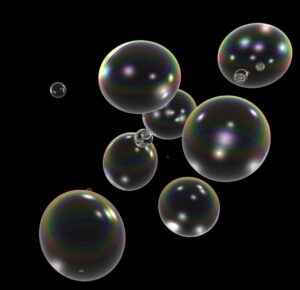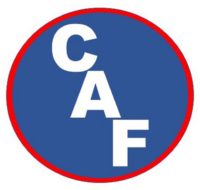Foam vs Non-Foam – What’s in a name? Class A “Foam” is a foam concentrate and if it is a quality product, will make bubbles. Ditto for A/B “Foam” and B “Foam”.
If the product name does not say “Foam”, it is probably a “non-foam” product meaning it will not make bubbles.
To make Foam, at a minimum, the Concentrate must 1) mix with Water, 2) Produce a variety of bubble sizes, 3) stick to vertical surfaces, and 4) Be environmentally friendly.
Read on all the section subpages to understand all the basic properties of FOAM CONCENTRATES!
HAZARD NOTE: – All foam concentrates share one thing in common – Hazard to Fish.
Fish gills cannot extract O2 from concentrate solution. It doesn’t take much concentrate in the water to affect the fish. Never pour straight concentrate in a water way.
Fortunately, foam is generally applied at a solution of .3 or .5 and is greatly watered down. However, if enough of it gets into the water, it can still affect the fish. Eight (8) gallons of Class A finished Foam @ 1% solution is enough concentrate to contaminate 1 acre foot of water. Twenty-five (25) gallons @ .3% Class A is also enough to contaminate 1 acre foot of water. There are no numbers currently available for Class B, Class A/B or any non-foam concentrates.
NAF is generally applied very wet, and often in more volume than needs to be applied, thus it creates a potential runoff flow that could easily get to a nearby stream. CAF generally sticks where it is applied and seldom flows, however, a firefighter could over apply CAF and cause a runoff.
There have been AHJs that forbid the use of foam near water streams (no exceptions).
With lots of practice and supervised department training, firefighters can get the feel of applying NAF and/or CAF to get the white stuff where it is needed and prevent runoff.
Once the firefighters become proficient, the AHJ could be invited for a foam application demo and show how the applied foam can be both beneficial and at the same time controlled to prevent runoff.
As far as the Non-Foaming Concentrates are concerned, READ THE SDS to identify their associated hazards.
==============================================================








































